Home>diy>Building & Construction>What Are BIM Objects?
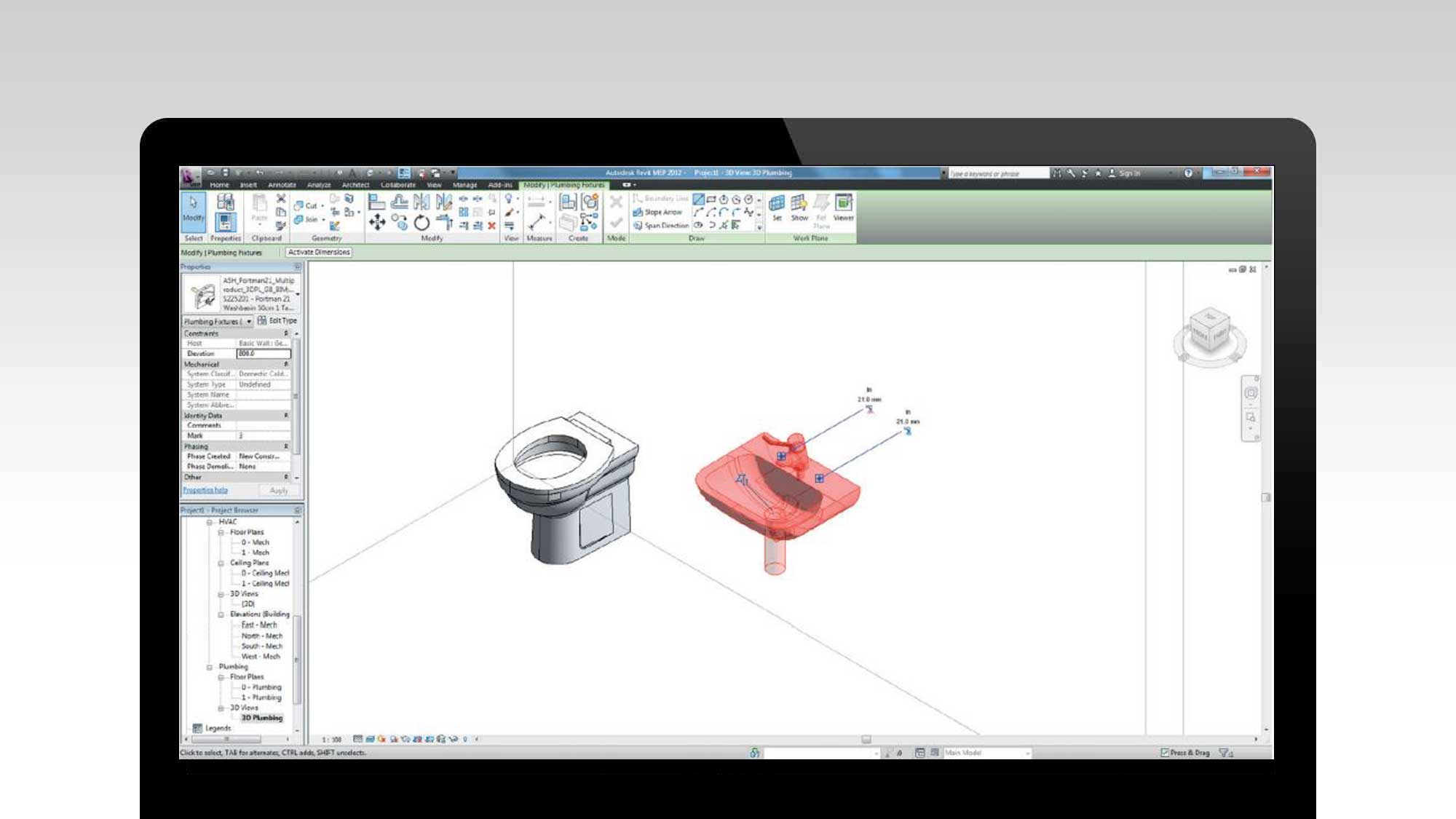

Building & Construction
What Are BIM Objects?
Modified: December 7, 2023
Discover what BIM objects are and how they play a crucial role in the building construction industry. Explore the benefits and importance of using BIM objects to enhance project efficiency and collaboration.
(Many of the links in this article redirect to a specific reviewed product. Your purchase of these products through affiliate links helps to generate commission for Storables.com, at no extra cost. Learn more)
Introduction
Welcome to the world of Building Information Modeling (BIM) and the fascinating concept of BIM Objects. In the field of construction, BIM has revolutionized the way buildings are designed, constructed, and managed. BIM Objects play a crucial role in this process, offering a digital representation of specific building components that can be utilized throughout the entire lifecycle of a project.
With the growing popularity of BIM technology, it is essential to understand what BIM Objects are, their purpose, and the benefits they provide. This article will provide a comprehensive overview of BIM Objects, exploring their definition, characteristics, advantages, and challenges, as well as showcasing real-world examples of their applications.
So, let’s dive into the world of BIM Objects and discover how they are transforming the construction industry.
Key Takeaways:
- BIM Objects are digital representations of building components, offering accurate data for collaboration, visualization, and performance analysis. They enhance efficiency, reduce costs, and improve building quality throughout the construction process.
- While BIM Objects bring numerous benefits, challenges like data compatibility, accuracy, and intellectual property need consideration. Proper training, security measures, and investment are essential for leveraging the full potential of BIM Objects.
Read more: What Is BIM?
Definition of BIM Objects
BIM Objects can be defined as digital representations of specific building components that are used in the virtual modeling of a construction project. These objects are created using advanced computer-aided design (CAD) software and contain detailed information about the physical and functional characteristics of the components they represent. BIM Objects go beyond simple 3D models, as they also incorporate crucial data such as dimensions, materials, performance specifications, installation requirements, and maintenance instructions.
Typically, BIM Objects are developed following industry standards such as the Industry Foundation Classes (IFC) or through proprietary formats specific to certain software platforms. These objects can range from basic components such as walls, windows, and doors, to more complex elements like HVAC systems, electrical fixtures, and furniture. Each BIM Object represents a specific product, system, or assembly that can be easily integrated into the overall BIM model of a building project.
BIM Objects are created by manufacturers, suppliers, and design professionals who collaborate to ensure accuracy and relevance. These objects undergo rigorous quality control processes to ensure they meet the necessary standards and accurately reflect the real-world characteristics of the actual components. This ensures that the BIM model remains a reliable representation of the physical building throughout its entire lifecycle.
Overall, BIM Objects serve as crucial building blocks within the BIM model, enabling architects, engineers, contractors, and other stakeholders to simulate the construction process, visualize the final result, and analyze various aspects such as cost, energy performance, and clash detection. Through the integration of accurate and comprehensive BIM Objects, stakeholders can make informed decisions, streamline collaboration, and improve the efficiency of the entire construction project.
Purpose and Importance of BIM Objects
The purpose of BIM Objects is to provide a digital representation of building components that can be easily integrated into the virtual modeling of a construction project. These objects serve several important functions throughout the lifecycle of a building, from design and construction to operation and maintenance.
One of the key purposes of BIM Objects is to facilitate effective collaboration among different stakeholders in the construction industry. By using standardized BIM Objects, architects, engineers, contractors, and manufacturers can seamlessly exchange information and ensure that all parties are working with accurate and up-to-date data. This streamlines the design and construction process, minimizes errors, and reduces the risk of conflicts or clashes between different components.
BIM Objects also play a crucial role in the visualization of a building project. These objects allow stakeholders to create realistic 3D models that accurately represent the finished building. This enhances the design review process, enables better communication with clients, and helps to identify any potential design issues early on. By visualizing the building before construction begins, stakeholders can address any concerns or make necessary design changes, leading to a more efficient and successful construction project.
Furthermore, BIM Objects provide vital information about the performance characteristics of building components. This data helps in evaluating the energy efficiency, sustainability, and overall performance of the building. By analyzing the properties of BIM Objects, architects and engineers can optimize the design to achieve higher energy efficiency ratings, reduce carbon emissions, and improve the overall sustainability of the building.
Another significant importance of BIM Objects lies in the operational and maintenance phase of the building lifecycle. BIM Objects contain detailed information about maintenance schedules, replacement parts, and installation procedures, which can be invaluable for facilities managers and maintenance personnel. By accessing BIM Objects, they can easily identify the specific components in need of maintenance or replacement, reducing downtime and ensuring the smooth operation of the building.
The use of BIM Objects also contributes to cost and time savings. With accurate and comprehensive information readily available, stakeholders can make quicker and more informed decisions, reducing the need for rework and avoiding costly errors. Additionally, the ability to access BIM Objects from manufacturers directly streamlines the procurement process, ensuring that the correct components are ordered and delivered on time.
In summary, BIM Objects serve a vital purpose in the construction industry by facilitating collaboration, enhancing visualization, enabling performance analysis, and streamlining the operational and maintenance aspects of a building project. Their importance lies in their ability to improve efficiency, reduce costs, and produce better-quality buildings that meet the needs of clients and users.
Characteristics and Components of BIM Objects
BIM Objects possess several key characteristics that make them a powerful tool in virtual construction modeling. These characteristics include accuracy, parametric modeling, data-rich attributes, and classification.
Firstly, accuracy is an essential characteristic of BIM Objects. These objects are created using precise measurements and specifications, ensuring that they accurately represent the real-world building components. This level of accuracy allows for reliable analysis and decision-making throughout the construction process.
Parametric modeling is another important characteristic of BIM Objects. Parametric modeling allows for the modification of object properties, such as size or shape, and automatically updates related attributes and relationships. This means that when modifications are made to a BIM Object, all associated elements and data can be adjusted accordingly, ensuring consistency and accuracy across the entire project.
BIM Objects are also data-rich, containing a wide range of attributes and information about the components they represent. This includes not only the physical dimensions and material specifications but also performance data, maintenance requirements, and manufacturer details. This data richness allows for detailed analysis and simulation, aiding in the optimization of building design, performance evaluation, and operation and maintenance planning.
Classification is another significant characteristic of BIM Objects. Each object is categorized based on a standardized system, such as the Uniformat or OmniClass classification framework. This classification allows for easy organization, retrieval, and filtering of BIM Objects, ensuring that stakeholders can locate the components they need quickly and effectively.
In terms of components, BIM Objects consist of various elements that collectively represent a specific building part or system. For example, a BIM Object for a door may include the 3D model, the manufacturer’s specifications, installation details, maintenance requirements, and relevant performance data. The components within a BIM Object are interconnected, allowing for accurate representation and simulation of the real-world building system.
In addition to the physical components, BIM Objects can also include metadata, such as cost information, environmental impact data, or warranty details. This metadata provides additional context and facilitates informed decision-making during the design, construction, and operational phases of a building project.
Overall, the characteristics and components of BIM Objects enable accurate representation, flexible parametric modeling, data-rich attributes, and efficient classification. These qualities are crucial in creating a comprehensive and reliable digital model of the building, allowing for effective analysis, collaboration, and decision-making throughout the entire construction process.
When using BIM objects, always ensure that they are from reliable sources and have accurate and up-to-date information to avoid any issues with the project’s design and construction.
Benefits and Advantages of BIM Objects
The use of BIM Objects offers numerous benefits and advantages for stakeholders in the construction industry. These benefits range from improved collaboration and communication to increased efficiency and cost savings.
One of the primary advantages of BIM Objects is enhanced collaboration among different project stakeholders. BIM Objects provide a standardized method for sharing and exchanging information, ensuring that all parties are working with the same data. This streamlines communication and reduces the risk of errors or misunderstandings, leading to smoother project coordination and improved teamwork.
BIM Objects also facilitate better communication with clients and other project stakeholders who may lack technical expertise. The visual representation and comprehensive data of BIM Objects make it easier to explain design concepts and allow clients to better understand the building’s final appearance and functionality. This improves client satisfaction and reduces the likelihood of design changes or disputes later in the project.
Another significant advantage of BIM Objects is the ability to simulate and analyze building performance before construction begins. By integrating accurate component data into the BIM model, architects and engineers can assess the energy efficiency, thermal performance, and environmental impact of the building. This allows for optimization of design choices, resulting in more sustainable and energy-efficient buildings.
The use of BIM Objects also leads to increased efficiency during the construction process. The availability of accurate component data ensures that the right materials are ordered, reducing waste and unused materials. Additionally, BIM Objects facilitate clash detection, identifying potential conflicts between different building elements, such as pipes and structural beams, before construction begins. This helps avoid costly rework and delays, saving both time and money.
Cost savings are another significant benefit of BIM Objects. Through accurate quantification and detailed cost information contained within the objects, estimators and project managers can generate more precise and reliable cost estimates. BIM Objects also enable better procurement decisions, as detailed component data allows for the selection of the most cost-effective and appropriate materials and systems. This leads to reduced costs throughout the entire construction process.
Furthermore, the use of BIM Objects enhances the operational and maintenance phase of a building’s lifecycle. With accurate information about components, maintenance schedules, and replacement parts, facilities managers can effectively manage and maintain the building, reducing downtime and maximizing the lifespan of building systems.
In summary, the benefits and advantages of using BIM Objects include improved collaboration, better communication, enhanced design analysis, increased efficiency, cost savings, and improved facility management. By leveraging the power of BIM Objects, stakeholders can optimize the entire construction process and create high-quality buildings that meet client needs and sustainability goals.
Read more: What Is A BIM File?
Challenges and Considerations in Using BIM Objects
While BIM Objects offer numerous benefits, their utilization also comes with certain challenges and considerations that stakeholders in the construction industry should be aware of. These challenges range from data compatibility and accuracy to intellectual property concerns.
One significant challenge is ensuring data compatibility and interoperability between different software platforms. BIM Objects are often created using specific software applications, and compatibility issues may arise when attempting to use these objects in different software environments. This can hinder effective collaboration and exchange of information between stakeholders who use varying software platforms.
Accuracy and quality control are also crucial considerations when working with BIM Objects. Inaccurate or incomplete data within the objects can lead to design or construction errors, potentially resulting in costly rework. It is essential for manufacturers and creators of BIM Objects to follow rigorous quality control procedures and provide accurate and up-to-date information to ensure reliable and trustworthy objects.
Intellectual property concerns are another consideration in using BIM Objects. Manufacturers and suppliers who create BIM Objects must carefully manage their intellectual property rights. They need to determine who can use their objects, whether they will be available for free or sold, and how they can protect their design and product information from unauthorized use or distribution.
Inadequate training and lack of BIM expertise can also pose challenges in effectively using BIM Objects. Stakeholders need to be trained on the proper utilization of BIM software and must have a good understanding of how to work with BIM Objects. Lack of expertise can lead to misinterpretations, inaccurate modeling, or incorrect data input, diminishing the benefits of using BIM Objects.
Data security and privacy are additional considerations in the use of BIM Objects. As these objects contain detailed information about components and systems, securing and protecting this data from unauthorized access or malicious use becomes crucial. Stakeholders must implement appropriate security measures to safeguard sensitive information contained within the BIM Objects.
Lastly, the adoption and integration of BIM Objects require a certain investment in terms of time and resources. Stakeholders need to allocate sufficient time for proper training, implementation, and collaboration processes. They also need to invest in hardware and software technologies to support the creation and use of BIM Objects effectively. Additionally, manufacturers and suppliers may need to invest in creating and maintaining BIM Objects in order to meet the demands of the market.
In summary, challenges and considerations in using BIM Objects include data compatibility, accuracy and quality control, intellectual property concerns, training and expertise, data security and privacy, and the investment required for implementation. By addressing these challenges and considering these factors, stakeholders can overcome obstacles and fully leverage the benefits of using BIM Objects.
Examples and Applications of BIM Objects
BIM Objects have a wide range of applications and can be utilized in various stages of a construction project. Let’s explore some examples of how BIM Objects are used in real-world scenarios:
1. Architectural Design: BIM Objects are used by architects to create detailed 3D models of buildings. These objects represent elements such as walls, windows, doors, and furniture, allowing architects to visualize the building’s design and layout accurately.
2. Structural Engineering: Structural engineers utilize BIM Objects to simulate the structural components of a building, such as beams, columns, and slabs. These objects provide information about the material properties, sizes, and connections, enabling engineers to analyze the structural integrity and performance of the building.
3. MEP (Mechanical, Electrical, Plumbing) Systems: BIM Objects are extensively used for designing and coordinating MEP systems. These objects represent HVAC (heating, ventilation, and air conditioning) equipment, electrical fixtures, piping, and plumbing components. BIM Objects allow for clash detection, accurate sizing, and placement of MEP elements, reducing conflicts and optimizing system performance.
4. Interior Design: BIM Objects help interior designers visualize and select furniture, fixtures, and equipment (FF&E) for a building’s interiors. These objects provide details about the dimensions, finishes, and materials of the FF&E items, allowing designers to incorporate them seamlessly into the overall design.
5. Facilities Management: BIM Objects play a crucial role in facility management, enabling efficient building maintenance and operations. These objects contain important information about equipment, maintenance schedules, and warranty details, helping facilities managers plan and execute maintenance activities effectively.
6. Cost Estimation: BIM Objects contribute to accurate cost estimation by providing detailed information about materials, quantities, and prices. Estimators can use these objects to generate more precise and reliable cost estimates, contributing to better project budgeting and financial management.
7. Energy Analysis: BIM Objects offer valuable data for energy analysis and sustainability assessments. With information about components’ energy efficiency and thermal properties, architects and engineers can optimize the design to achieve higher energy performance and meet sustainability goals.
8. Customization and Prefabrication: BIM Objects can be used for customizing and prefabricating building components. Manufacturers can provide BIM Objects that represent their prefabricated elements, enabling precise measurement, customization, and off-site fabrication, resulting in faster construction and improved quality.
These are just a few examples of how BIM Objects are applied in the construction industry. The versatility and flexibility of BIM Objects make them an integral part of the entire building lifecycle, from initial design stages to facility management and beyond.
Conclusion
BIM Objects have become an integral component of modern construction practices, revolutionizing the way buildings are designed, constructed, and managed. These digital representations of building components offer numerous benefits and advantages to stakeholders in the industry.
Throughout this article, we have explored the definition of BIM Objects and their purpose in virtual construction modeling. We have learned about the characteristics and components of BIM Objects, such as accuracy, parametric modeling, data-rich attributes, and classification.
The importance of BIM Objects in facilitating collaboration, enhancing visualization, enabling performance analysis, and streamlining operations was highlighted. We have discussed the benefits of improved collaboration, better communication, enhanced design analysis, increased efficiency, cost savings, and improved facility management.
Despite the many advantages, there are challenges and considerations to be mindful of when utilizing BIM Objects. These include data compatibility, accuracy and quality control, intellectual property concerns, training and expertise, data security and privacy, and the necessary investment in time and resources.
Finally, we explored various applications of BIM Objects in architectural design, structural engineering, MEP systems, interior design, facilities management, cost estimation, energy analysis, and customization and prefabrication. The flexibility and versatility of BIM Objects make them indispensable tools throughout the entire building lifecycle.
In conclusion, BIM Objects are a game-changer in the construction industry. They provide accurate and detailed digital representations that enhance collaboration, improve efficiency, and lead to higher-quality and more sustainable buildings. As the construction industry embraces digital transformation, the utilization of BIM Objects will continue to evolve, shaping the future of construction projects worldwide.
Frequently Asked Questions about What Are BIM Objects?
Was this page helpful?
At Storables.com, we guarantee accurate and reliable information. Our content, validated by Expert Board Contributors, is crafted following stringent Editorial Policies. We're committed to providing you with well-researched, expert-backed insights for all your informational needs.
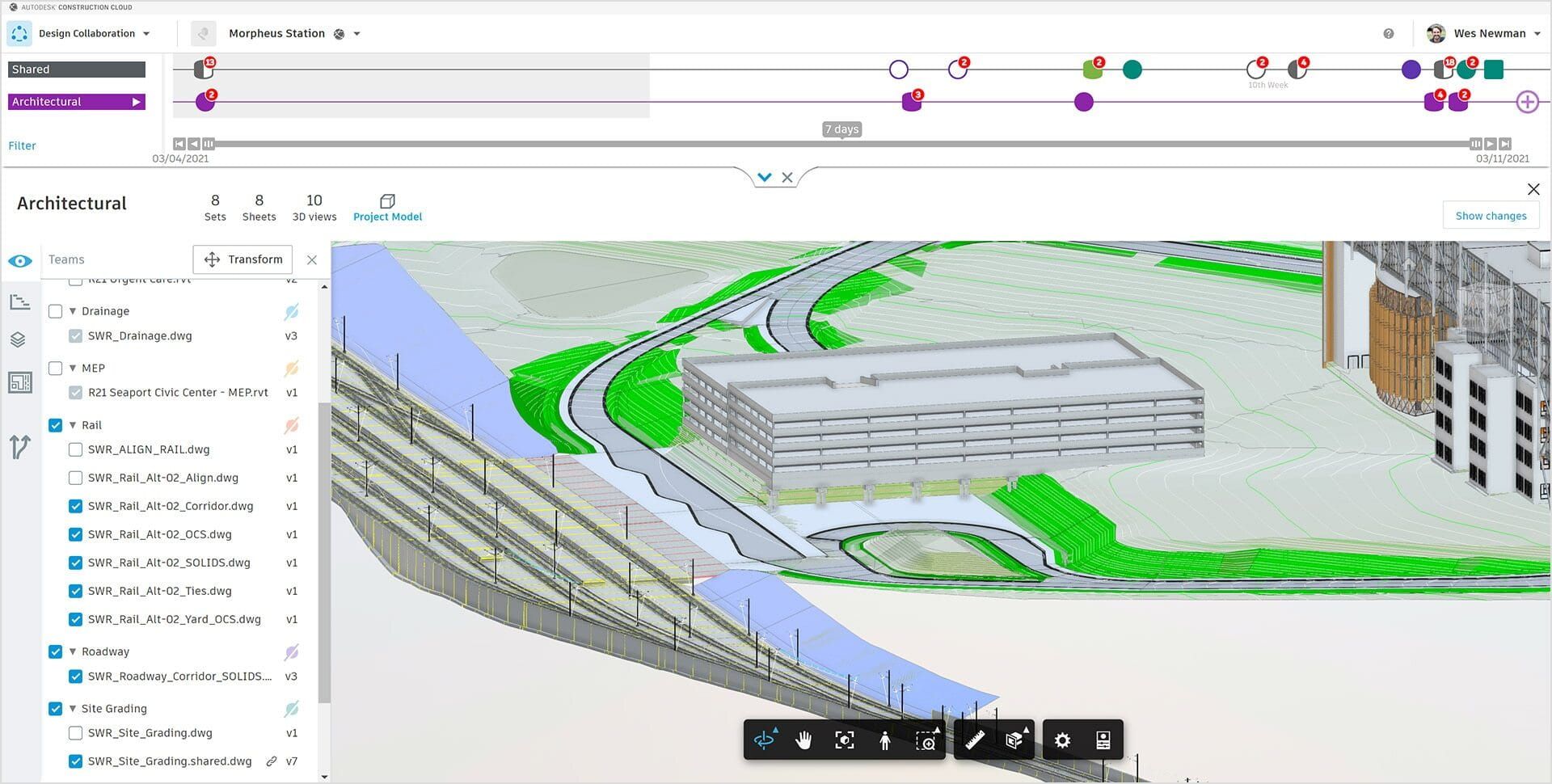
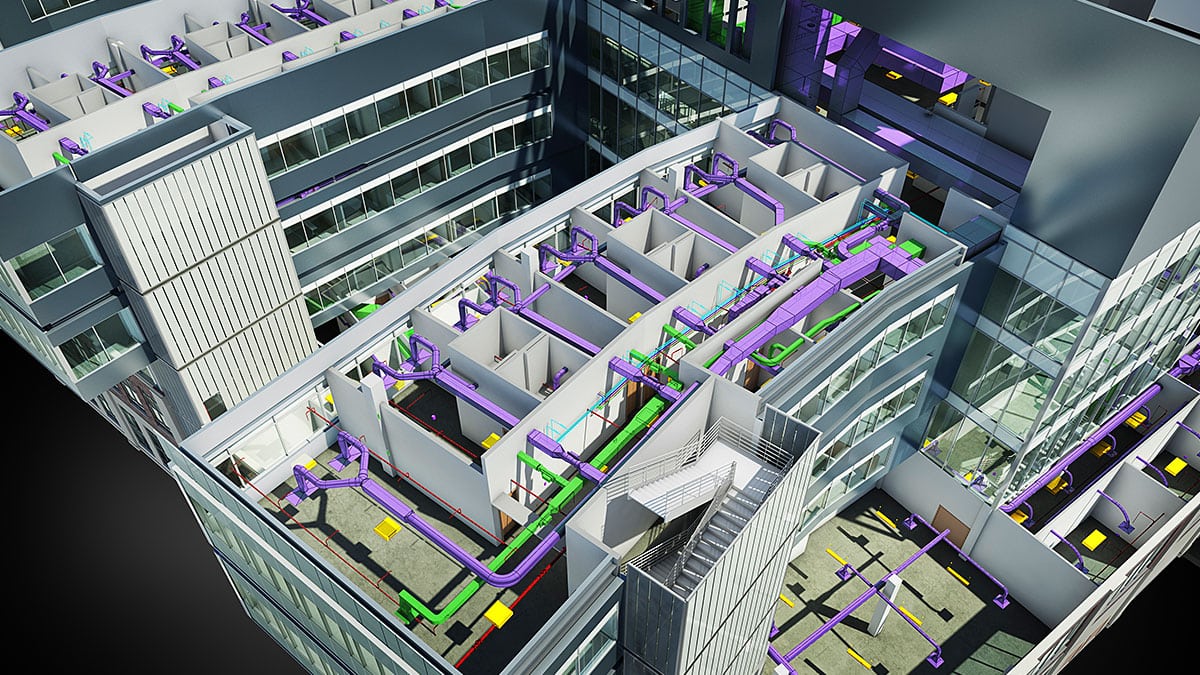

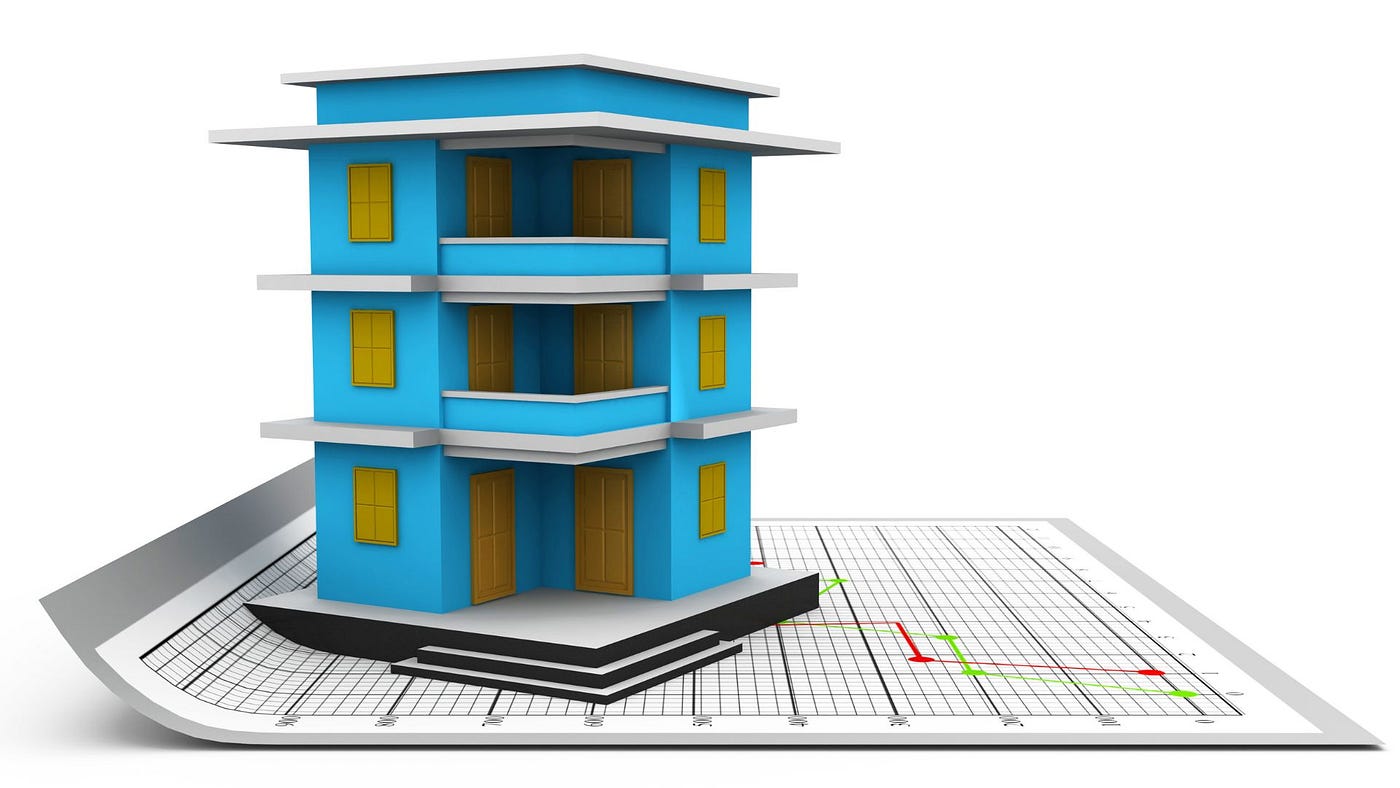
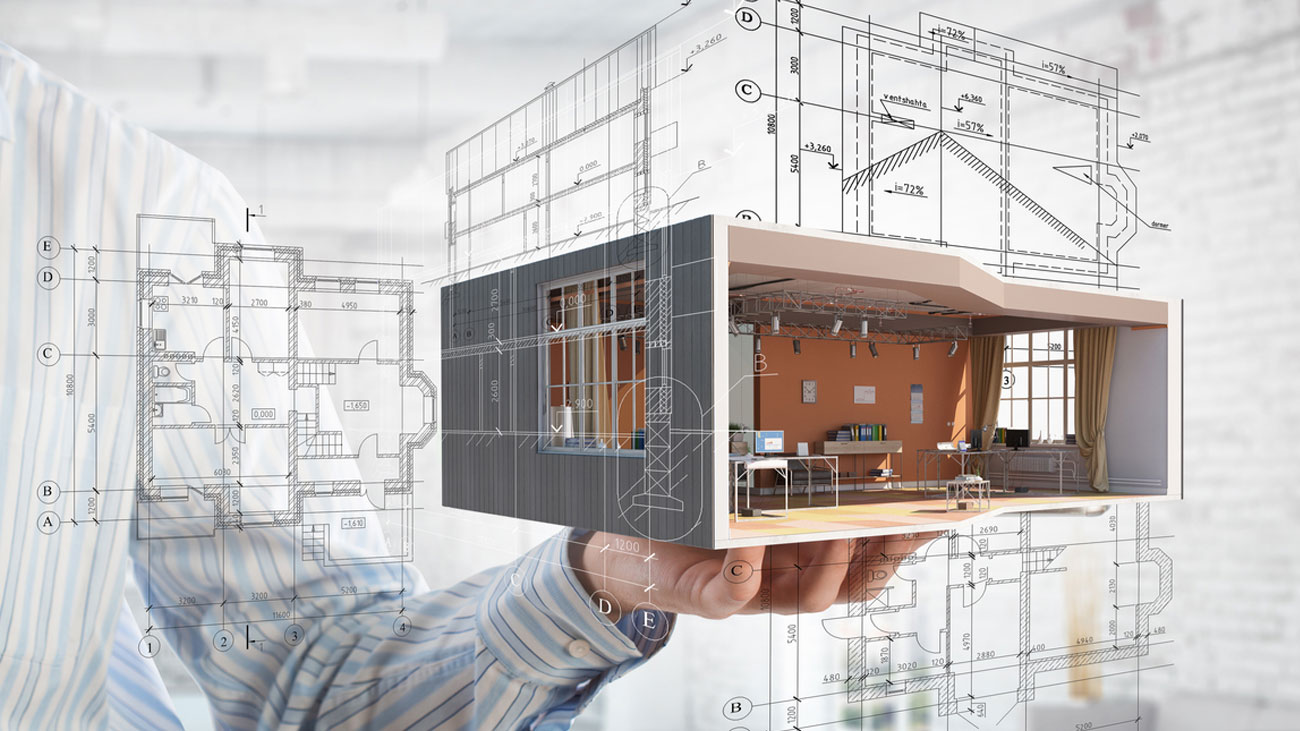


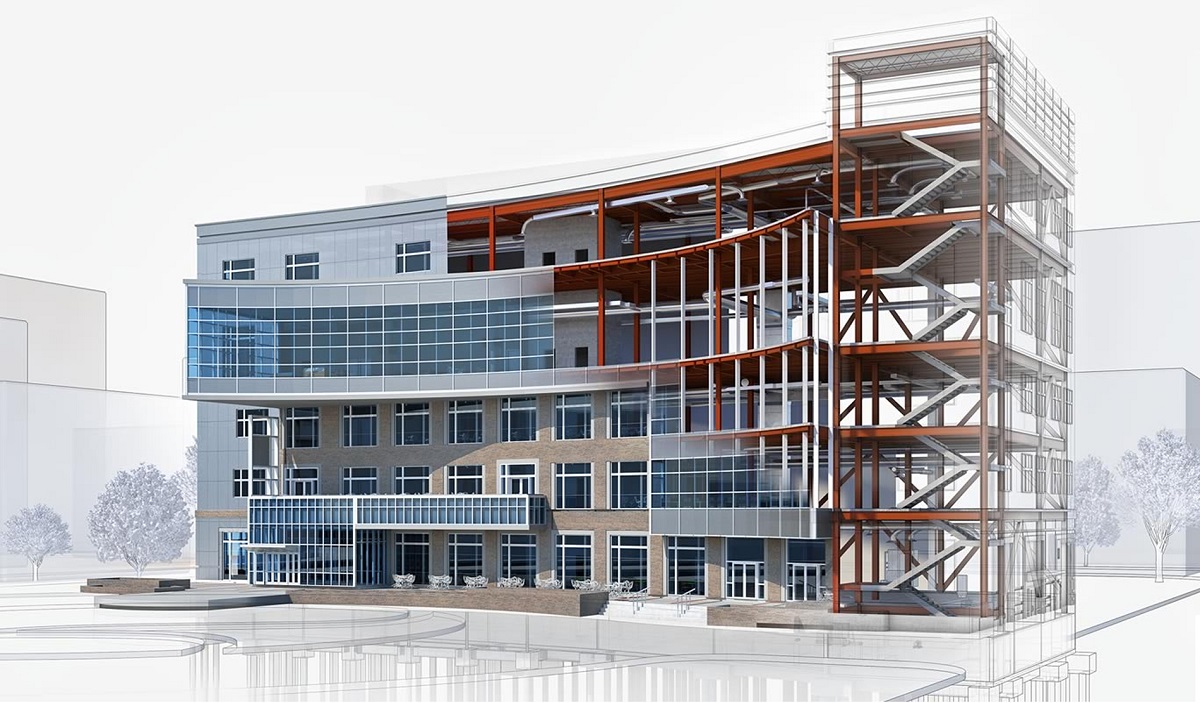
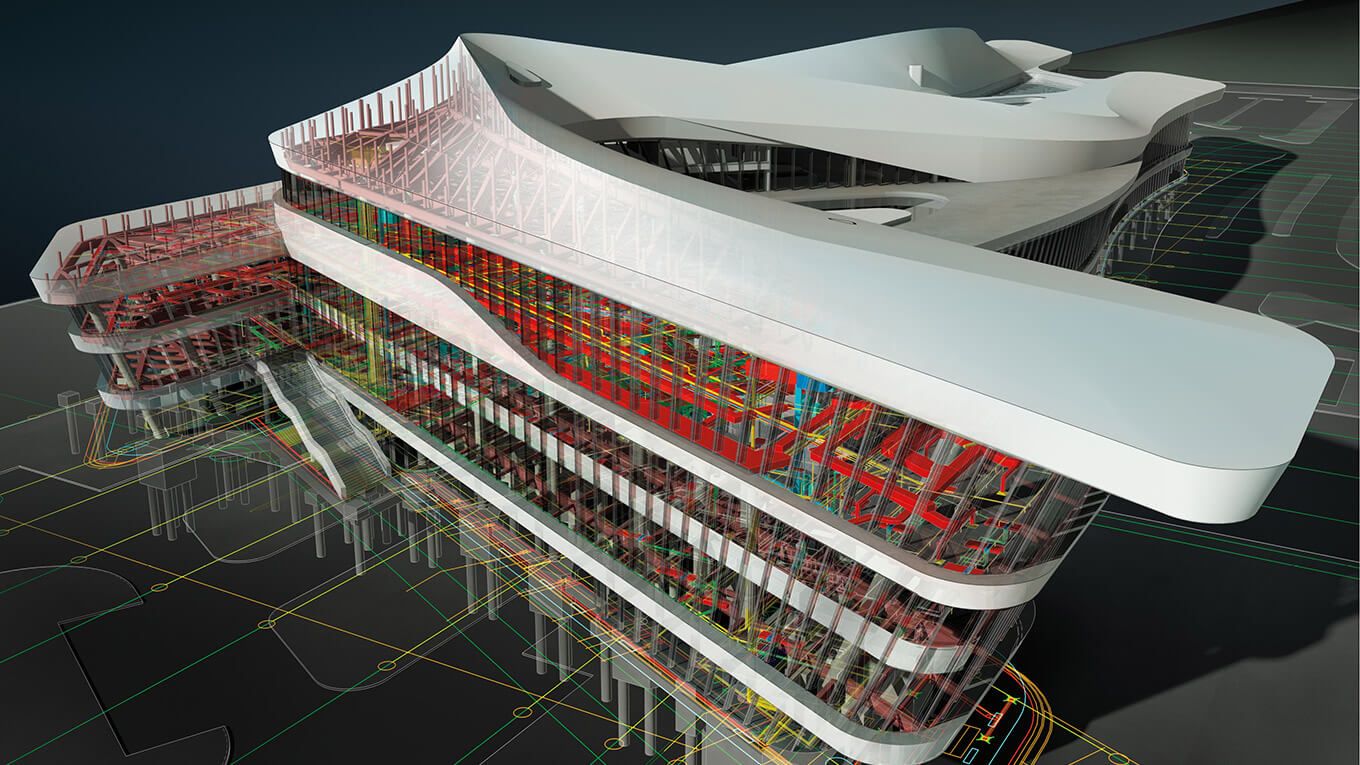
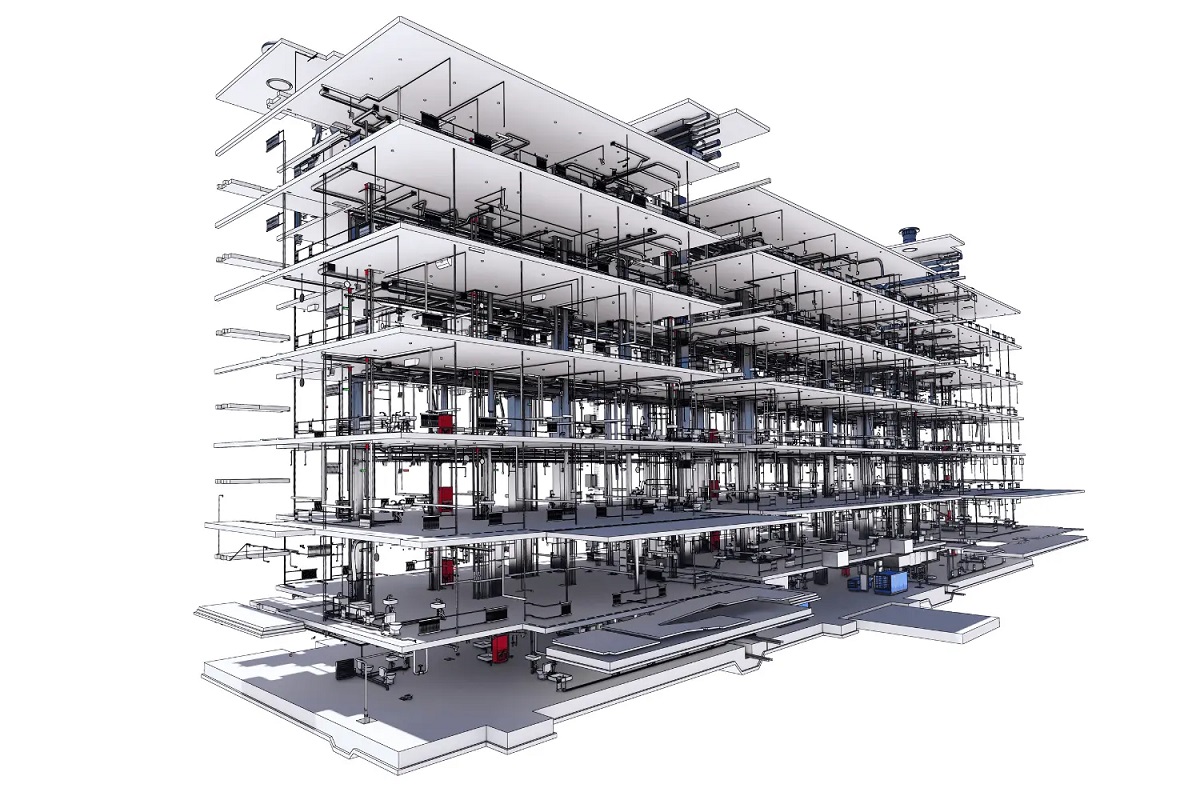
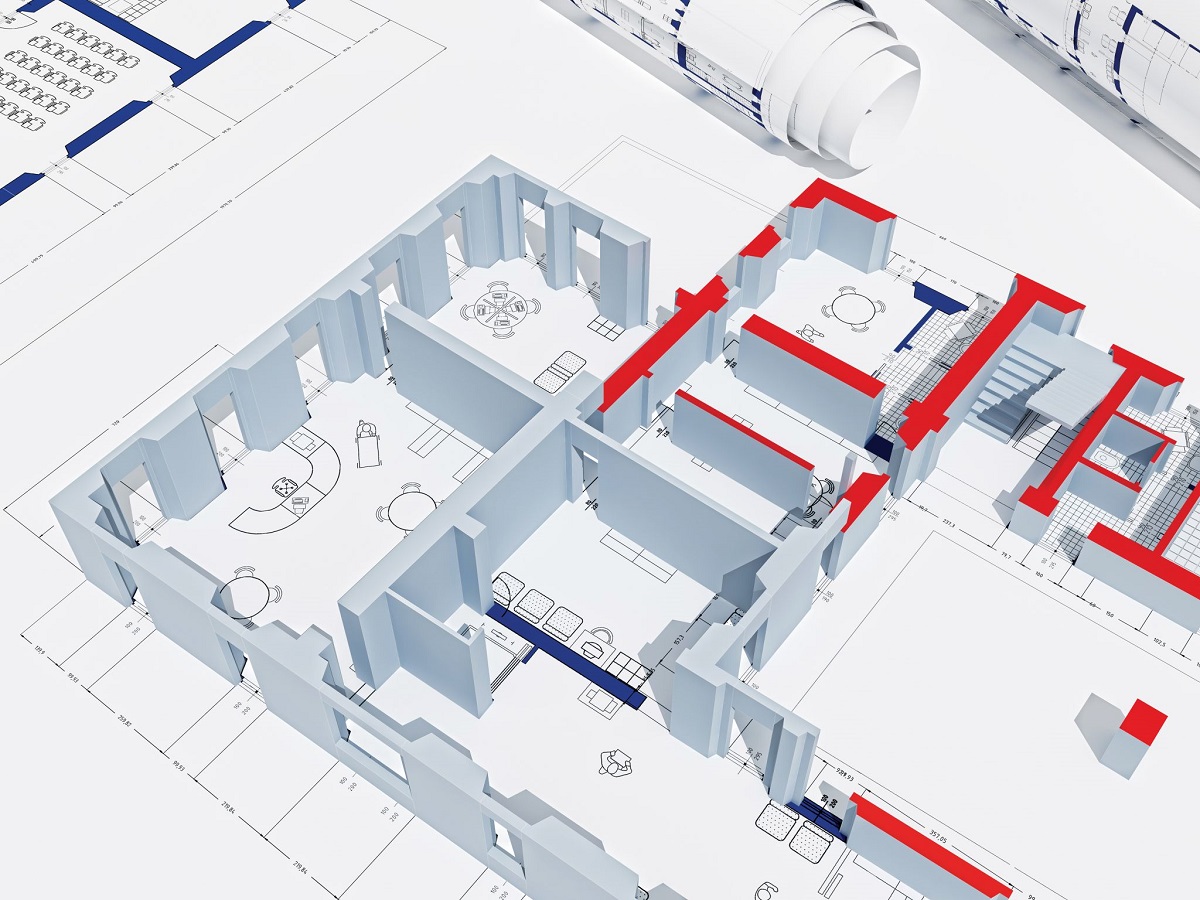
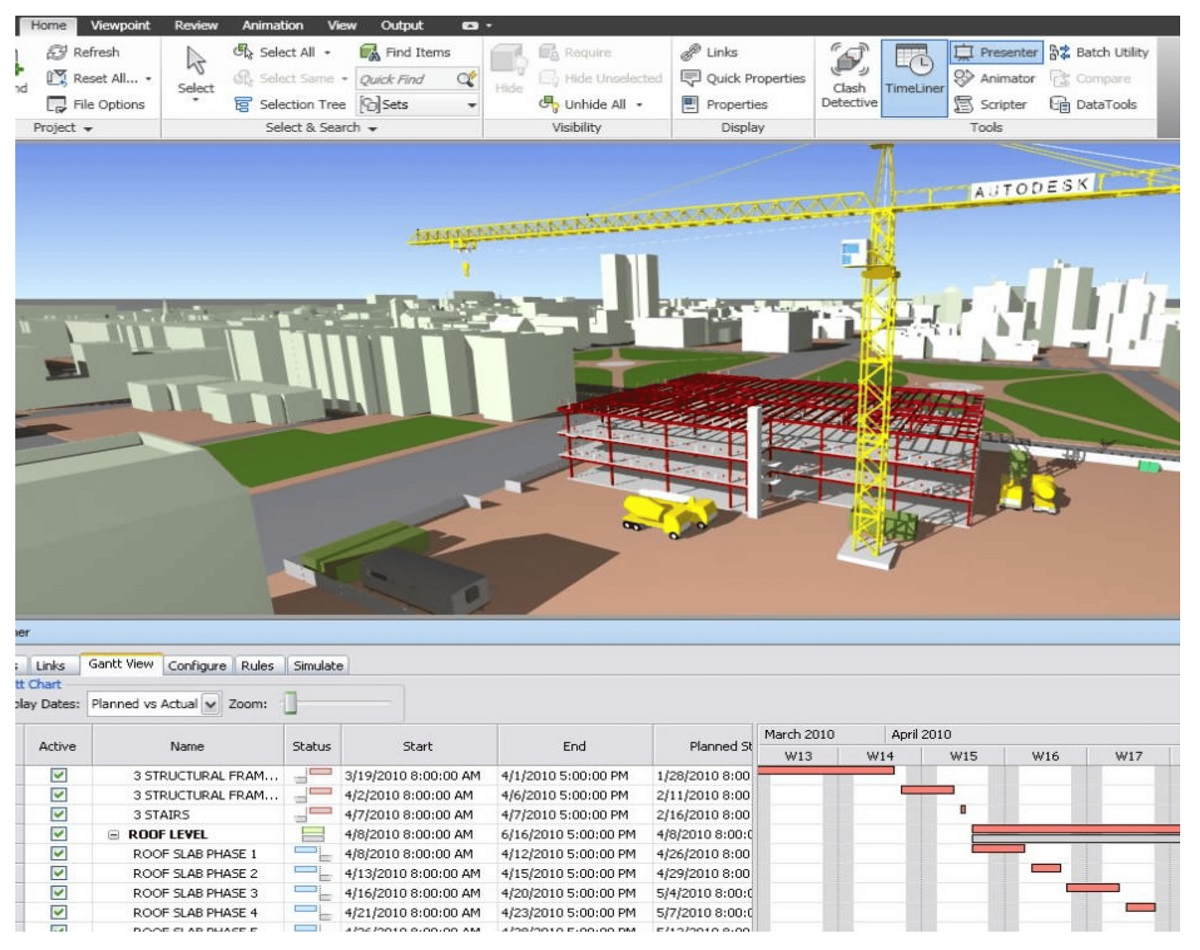
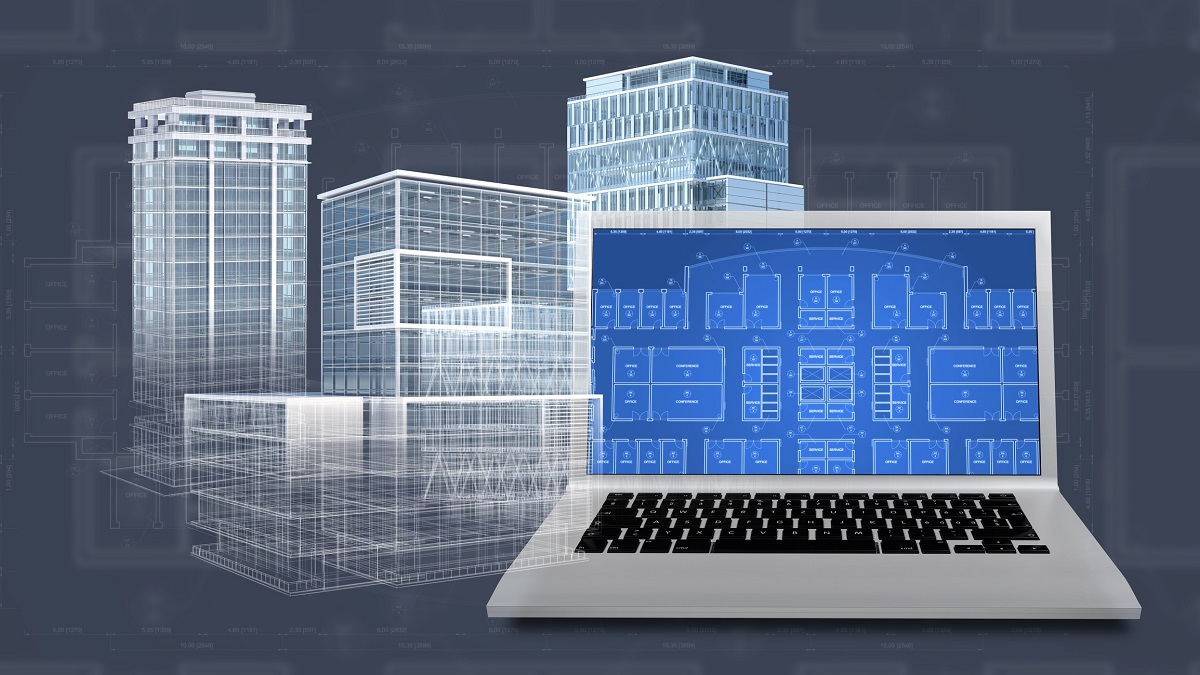
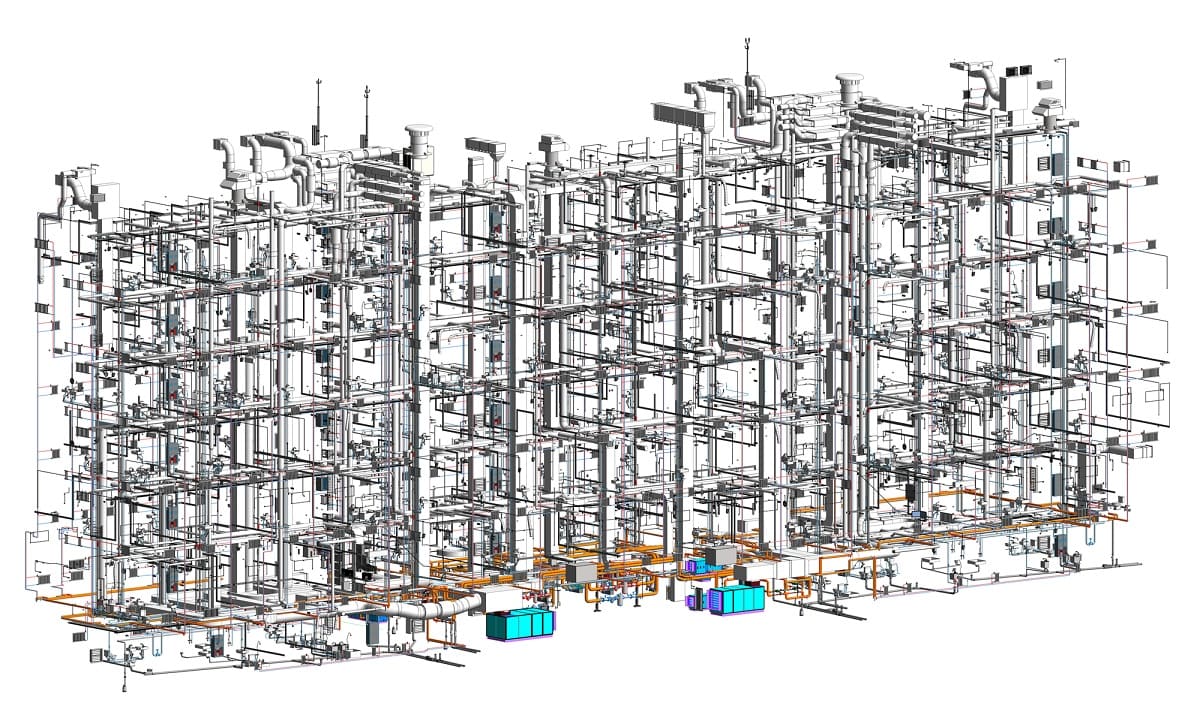

0 thoughts on “What Are BIM Objects?”